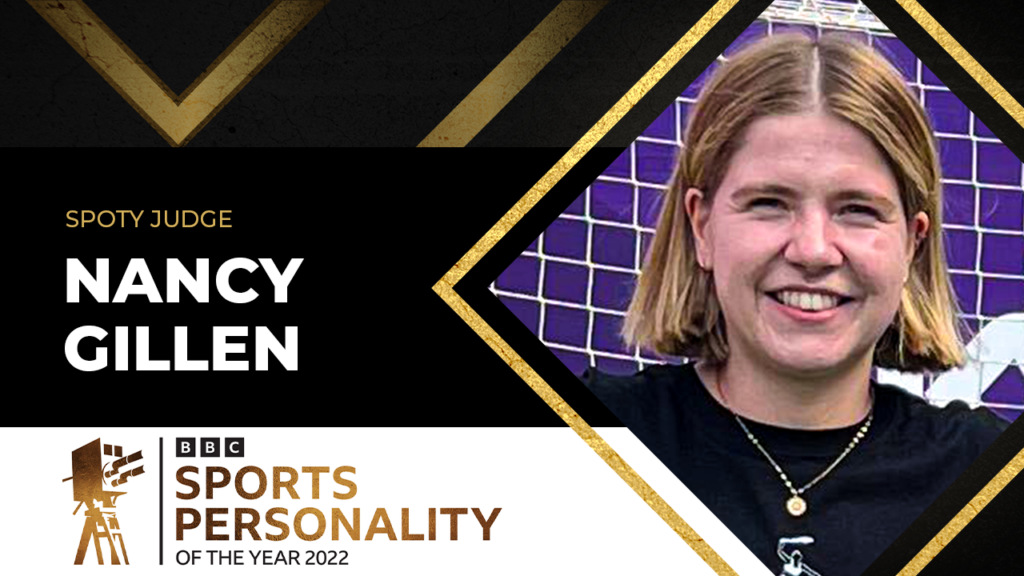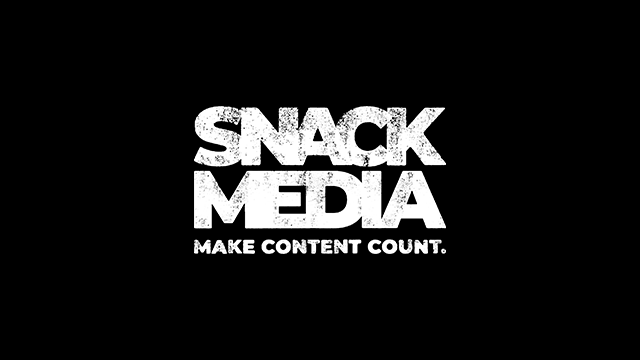Our old friend the banner ad celebrated its 20th birthday late last year, but with the banner no longer a teenager, is it time that it grew up and got with the times?
Since the first banner went live in 1994 on hotwired.com, much has changed in the digital advertising industry, but much has also stayed the same. Many creatives used now are surprisingly not that different to the original of the mid-90s, but one thing that has changed drastically is user engagement. From a 44% click through rate 20-years-ago, now you’d do well to get a 1000th of that, so why are they still being used?
When an advertiser embarks in online advertising they are generally looking for three things:
1 – brand awareness
2 – user engagement
3 – product sales
Depending on the nature of the campaign these goals will vary in importance, but with banner blindness currently being experienced alongside extremely poor clickthrough rates, the veteran banner is unable to provide any of them. Advertisers have woken up to this and if the start of 2015 is anything to go by then less money is going into the previously standard display sizes. If this is the case, then where is money being spent online?
As far as the advertiser of 2015 is concerned, size does matter! Bigger is better, with the billboard and double MPU formats becoming staples of the website of today. The strive for more real estate online has led to the 300×1050 receiving more spend as well, which is essentially three adverts in one. But there is one format that that is ticking all the boxes as far as advertisers, publishers and users are concerned, the skin.
The website skin is not a new phenomenon but it has now seemingly found its place at the forefront of digital advertising. It offers the best of both worlds, giving the advertiser unrivalled levels of brand exposure, while the publisher doesn’t get their content interrupted by an intrusive ad and on the whole the user thinks they look great and enjoys the experience they have been given.
The skin has been on its own journey, from simple image as part of a page takeover, to the rich media unit as it is today. The proliferation of skin-only companies offering creative that follows you down the page or has a video unit embedded within the creative illustrates this development. These units are highly impactful and, in a digital advertising world where viewability is coming to the forefront, achieve in-view results other units just cannot compete with.
Back in 1994 the simple banner ad was new and exciting, now it’s much harder for brands to grab the attention of the online audience, but it appears that the skin might just do that. So while the 20-years of the banner ad should be celebrated, it’s time for your website to get some new skin!





